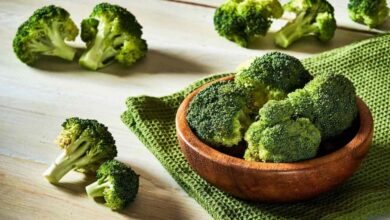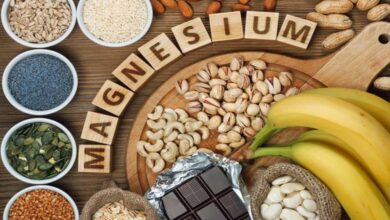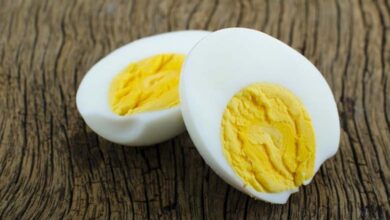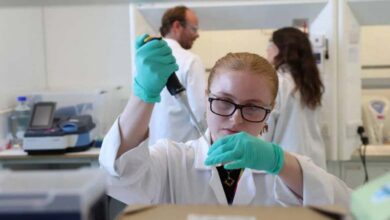Chinese Red Yeast Rice: The Asian Secret to Heart Health Lies in Its Fermentation
A traditional food with scientifically proven benefits
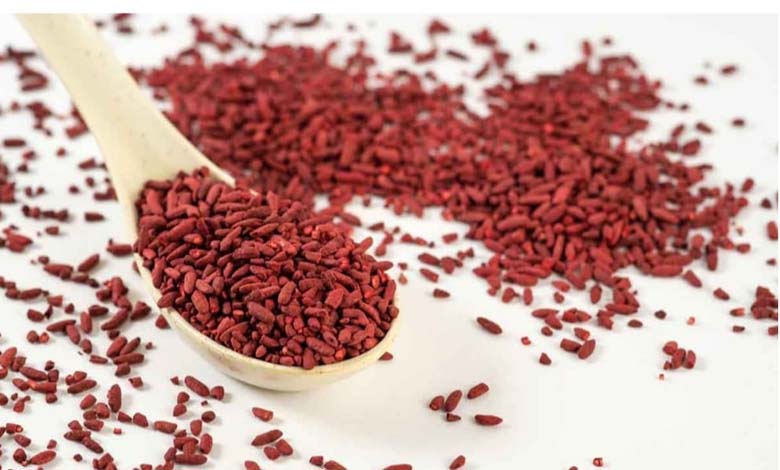
Red yeast rice, known in China as a medicinal food for centuries, is gaining global recognition for its powerful cardiovascular benefits. This traditional Asian product is made by fermenting white rice with a microscopic fungus called Monascus purpureus, which gives the rice its distinctive red color and its cholesterol-lowering properties.
Today, red yeast rice is studied intensively for its natural ability to reduce LDL cholesterol and support overall cardiovascular health.
-
Which Type of Rice Is Best Suited for Your Diet?
-
Climate Change Could Make Rice More Toxic: A Global Health Concern
A powerful fermentation process
The therapeutic value of red yeast rice lies in its natural fermentation process, during which Monascus purpureus produces several bioactive compounds, the most important of which is monacolin K. This compound is chemically identical to lovastatin, a pharmaceutical statin used to lower cholesterol.
Monacolin K works by inhibiting HMG-CoA reductase, the enzyme responsible for cholesterol production in the liver. The result is a significant reduction in LDL (“bad”) cholesterol, improved blood lipid profiles, and reduced risk of atherosclerosis and cardiovascular events.
-
Rice, Quinoa, or Pasta… Which carbohydrates are best for your health?
-
Why You Should Not Use Food as a Reward for Your Child
Scientific validation of its effectiveness
Several clinical trials have confirmed that red yeast rice is effective in managing high cholesterol levels. A 2017 review published in Atherosclerosis found that regular intake of fermented red rice could reduce LDL cholesterol by 15 to 25% in individuals with hypercholesterolemia, with minimal side effects.
Moreover, red yeast rice is often better tolerated than synthetic statins and is increasingly integrated into preventive nutritional strategies for heart health.
A natural solution with regulatory considerations
Although red yeast rice is a natural product, it is not without regulatory concerns. The monacolin K content can vary between products, and some over-the-counter supplements do not comply with safety standards. As a result, health authorities like the European Food Safety Authority (EFSA) have issued guidelines to regulate its use and ensure consumer safety.
Consumers are advised to choose certified products, consult healthcare professionals before starting supplementation, and avoid using it as a replacement for prescribed medications without medical advice.
-
Study: Fast-Food Workers More Prone to Obesity and Hypertension
-
4 Foods That Boost Weight Loss with an Effect Similar to “Ozempic”
-
3 Foods That Reduce the Risk of Heart Disease and Promote Gut Health
A staple of traditional Asian medicine
In Asian cultures, red yeast rice has long been considered a cornerstone of traditional medicine, used not only to manage cholesterol but also to promote blood circulation, aid digestion, and boost vitality.
Today, supported by modern scientific validation, red yeast rice stands as a bridge between ancient wisdom and modern medicine, offering a holistic and natural approach to heart health and disease prevention.




